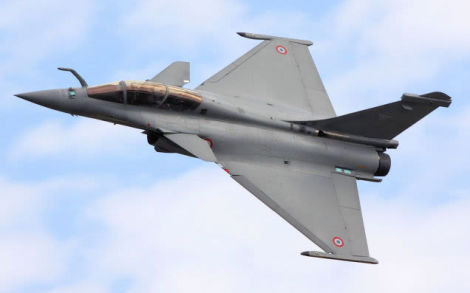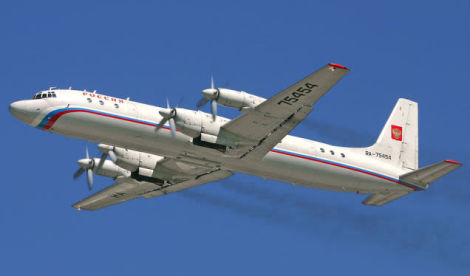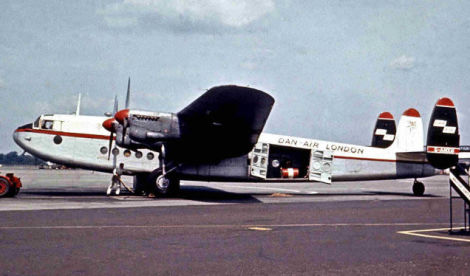Welcome to This Date in Aviation History, getting of you caught up on milestones, important historical events and people in aviation from July 3 through July 5.
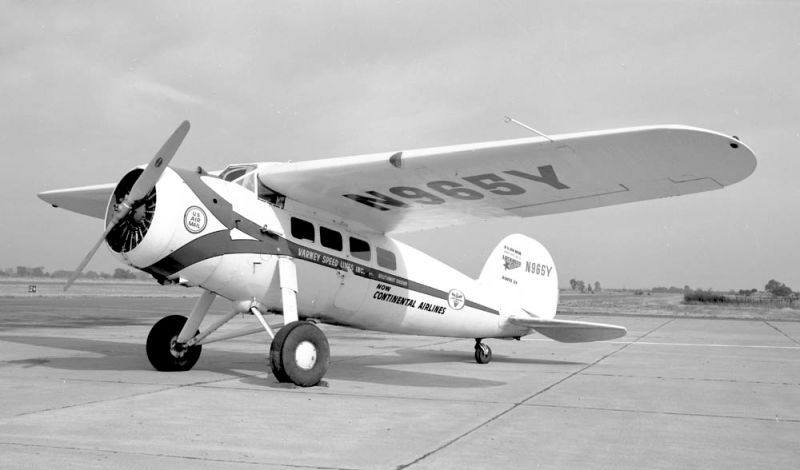
July 4, 1927 – The first flight of the Lockheed Vega. The Wright Brothers made their monumental First Flight in 1903, and it did not take long for the airplane to become an object of fascination the world over. In the earliest days, the airplane was a wondrous machine flown by daring and brilliant inventors before rapidly multiplying as a weapon of war. After WWI, aviation moved from the purview of the military into the civilian world, and reached its so-called Golden Age in the 1920s and 1930s. Barnstorming pilots crisscrossed the countryside offering flying demonstrations and rides, air races pushed technological advances in speed and handling and their feats of daring and speed captured the attention of the world, while intrepid aviators assaulted the record books, each trying to set the next mark in distance, speed or altitude. The fabric-covered biplane gave way to the all-metal monoplane, and many great—and some not-so-great—airplanes came out of this era. But one aircraft in particular, the Lockheed Vega, became an icon of the Golden Age, a rugged airplane with long range that came to be the preferred aircraft for some of the age’s best known aviators.
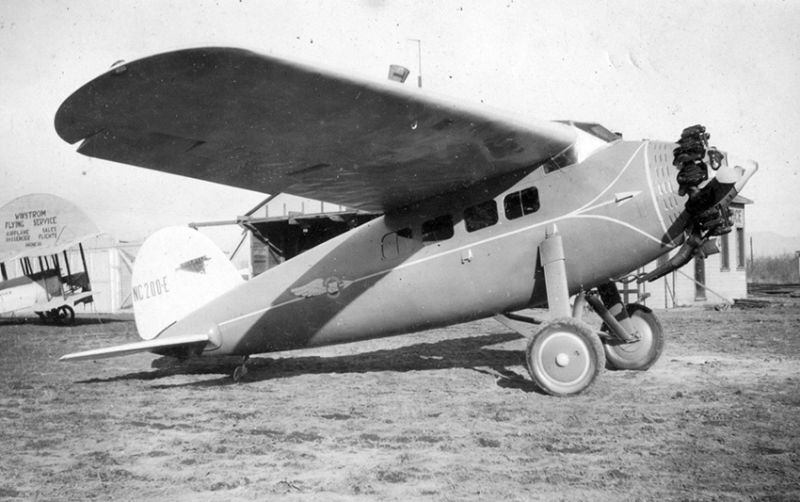
The Vega was designed by Lockheed’s John K. “Jack” Northrop and Gerard Vultee, both of whom would go on to start their own successful aircraft companies in later years. At first, the Vega was designed as a four-seat airliner intended for service on Lockheed’s passenger routes. At the time, paved runways were a rarity, and the Vega needed to be rugged enough to operate from grass fields and unimproved airstrips. But Northrop and Vultee also wanted their new aircraft to be fast, and when the Pratt & Whitney R-1340 Wasp radial engine was fitted in the Vega 5 in 1929 it gave the aircraft an impressive maximum speed of 185 mph. The monocoque fuselage was constructed with laminated plywood shaped in a concrete mold, with each half of the fuselage shaped separately and then assembled over a metal tube frame (as many as 10 later Vegas were built by the Detroit Aircraft Corporation with an all-metal fuselage, though they retained the original wooden wings). In order to maintain the strength and integrity of the fuselage, the cantilever wing was mounted on top of the fuselage rather than passed through it, and a NACA cowling was placed over the engine and streamlined spats were mounted on the fixed landing gear to improve aerodynamic efficiency.
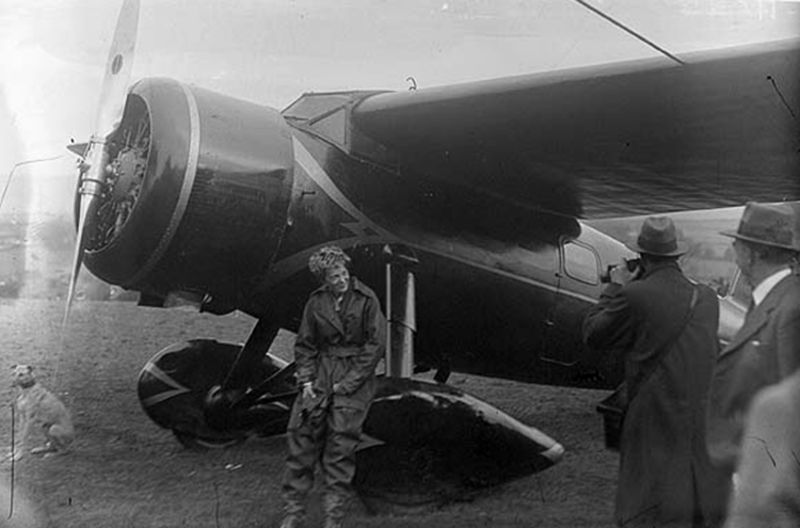
The Vega was introduced in 1928, but it proved too small for airline service. However, it soon found a home with private owners and, by the end of the year, Lockheed had built 68 aircraft, more than half of the eventual 132 they ultimately produced. It wasn’t long before the Vega leapt into the record books when stunt pilot Arthur Goebel set a new coast-to-coast record of 19 hours, completing the first nonstop west to east flight in the process. The following year, Vega pilots won every speed award in the National Air Races in Cleveland. In 1932, Amelia Earhart made her historic solo crossing of the Atlantic Ocean in a Vega 5b that had been modified by Fokker Aircraft Corporation of America to increase the fuel capacity.
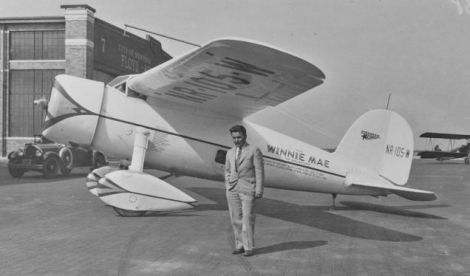
But there was perhaps none greater than Wiley Post when it came to getting the most out of the Vega. Flying a Vega 5C named Winnie Mae, Post won the National Air Race Derby in 1930, flying from Los Angeles to Chicago in 9 hours 8 minutes 2 seconds. Post trumpeted that record by painting it on the side of his Vega. The following year, Post and co-pilot Harold Gatty established the first record for circumnavigating the globe in a fixed-wing aircraft when they departed Roosevelt Field in New York in Winnie Mae and returned in just eight days after traveling 15,474 miles. Then, in 1933, Post beat his own record, making the global flight alone in seven days. But Post and his Vega weren’t done. In 1934, Post began work on developing the world’s first practical pressure suit for pilots. In September 1934, Post flew Winnie Mae to 40,000 feet, then 50,000 feet, and discovered the existence of the jet stream as an added bonus.
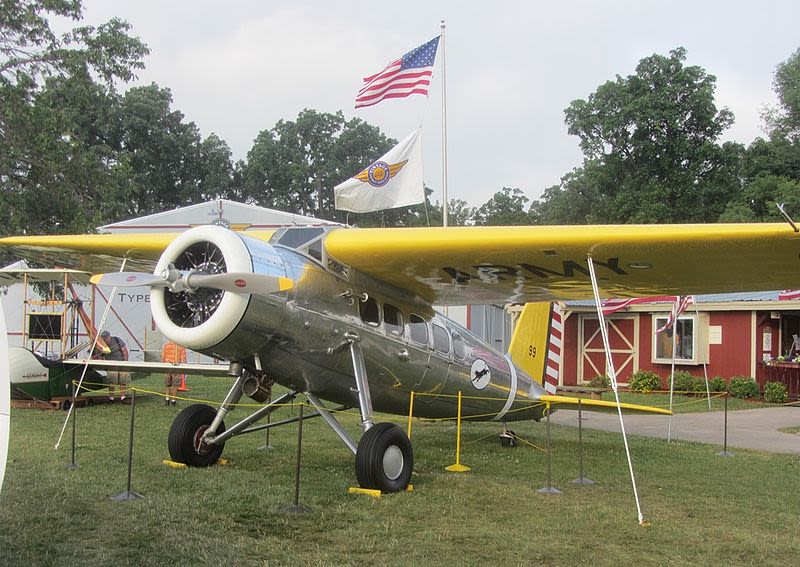
Like so many great aircraft, technological advances soon surpassed the Vega, and only a handful remain in museums (the National Air and Space Museum is home to Winnie Mae). As of 2014, only one Vega remains airworthy, though another is currently undergoing restoration.
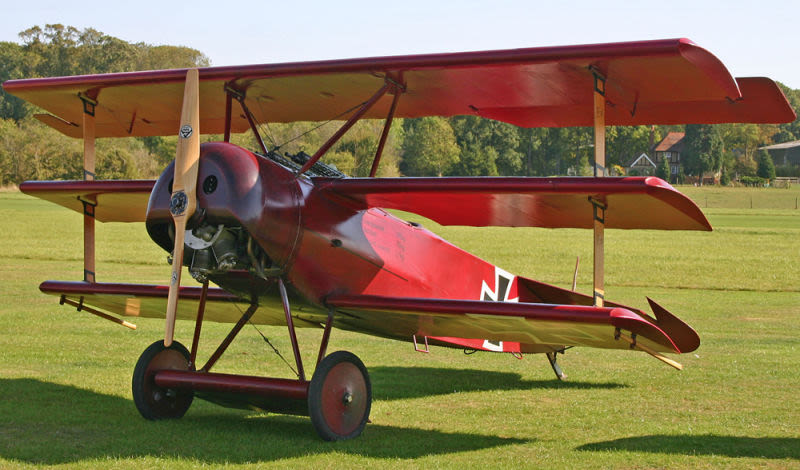
July 5, 1917 – The first flight of the Fokker Dr.1 Dreidecker. When war broke out in Europe in 1914, aviation was still in its infancy. The Wright Brothers had made their First Flight just 11 years earlier, but the remarkable pace of aviation development meant that early airplanes were ready to join the fray. At first, aircraft were used only as observation planes, called scouts, that performed the same reconnaissance duties of their horse-borne predecessors. But it wasn’t long before air crews began taking pistols and rifles into the air, and the friendly wave between opposing pilots was was replaced with gunfire of questionable accuracy. Dedicated fighter planes armed with machine guns soon followed, and the aerial dogfight was born. Beginning an aerial arms race that continues to this day, belligerents worked feverishly to produce ever more powerful and maneuverable fighters in an effort to win control of the skies over the battlefield.
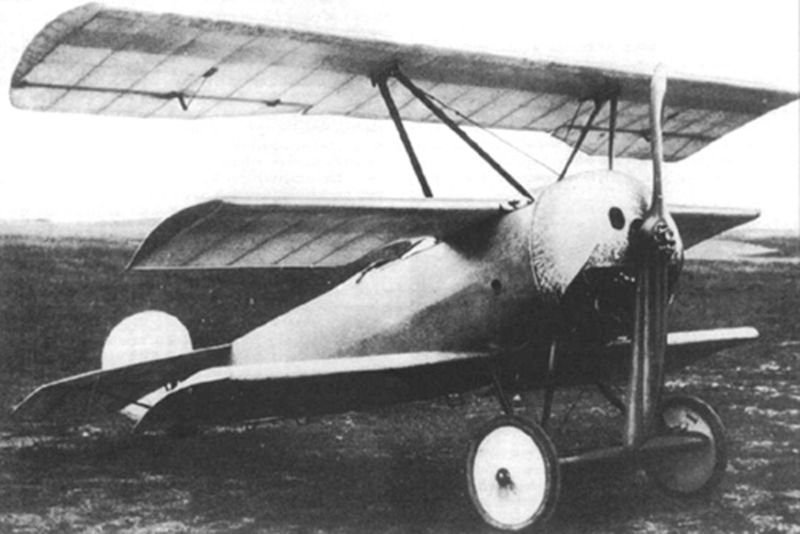
In 1916, the first British Sopwith Triplanes appeared over the Western Front, and the new fighter was immediately superior the older, slower German Albatros fighters then in use by the Deutsche Lufstreitkräfte (German Air Force). Working in Germany, Dutch aviation pioneer Anthony Fokker immediately started development of a triplane to counter the Sopwith, and he started by converting one of his biplane designs already in development. The new fighter was designated the Fokker V.4, but initial results were poor. So Fokker revised the design by altering the ailerons and elevators and using a longer wing span to help improve roll control. The new aircraft was designated V.5, and though only three of these intermediate designs were produced, one was evaluated in September 1917 by Manfred von Richthofen, better known as the Red Baron. Despite its the V.5's shortcomings, Richthofen claimed his 60th victory in the triplane. In a further refinement of the design, Fokker added struts between the wings to minimize the wing flexing that hampered the fighter’s performance. The final production version, which was now called the Dr.1 Dreidecker (triplane), was very similar to the V.5, but now incorporated stepped wings and gave the aircraft its iconic profile.
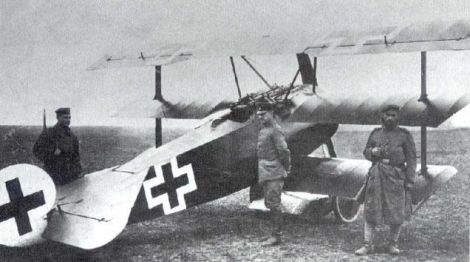
Two prototypes were ordered and delivered to Belgium in late August 1917 for evaluation by Richthofen. Within the first two days, he downed two enemy planes, and reported that the Dreidecker was clearly superior to the Sopwith Triplane. Richthofen recommended that all fighter groups be outfitted with the new plane as soon as possible, and he scored his last 19 victories in a Dr.1 before his death in April 1918. Despite continuing difficulties with the fighter, including wing failures and problems with visibility, 320 aircraft were built, and the Dreidecker was used to good effect. The Dr.1 was inherently unstable, and while that trait could prove difficult for novice flyers, it also added to the fighter’s exceptional maneuverability in the hands of a skilled pilot. What it gave up in top speed to other contemporary fighters it made up for with excellent climb and roll rates.
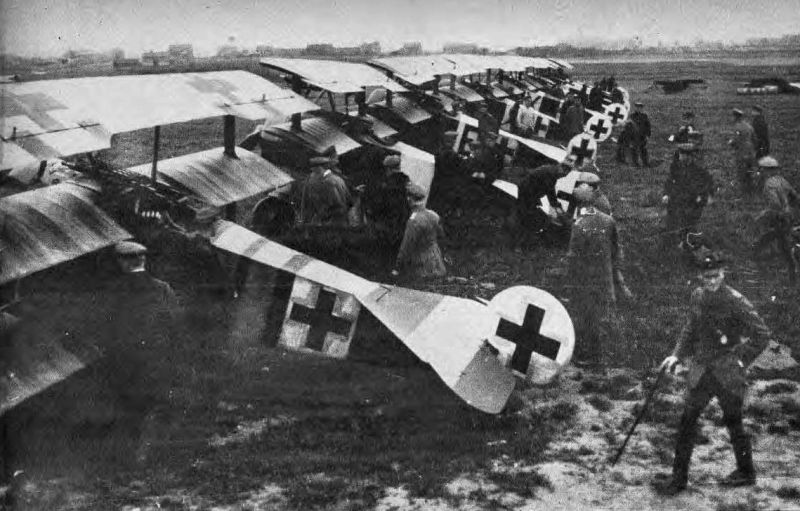
Towards the end of the war, shortages of castor oil for the engines hampered the fighter’s readiness rate, and the use of synthetic oils resulted in numerous engine failures. Only three aircraft are known to have survived the war, one of which was known to have crashed during testing, and one of the aircraft flown by Richthofen was held in a German museum until it was destroyed by Allied bombs during WWII. Only a few artifacts remain, though many replicas and reproductions have since been built and are flown today.
Short Takeoff

July 3, 1988 – The US Navy cruiser USS Vincennes shoots down Iran Air Flight 655 over the Persian Gulf. While operating in the Persian Gulf to protect civilian shipping during the Iran-Iraq War, the US Navy Ticonderoga-class cruiser USS Vincennes (CG-49) detected an Iran Air Airbus A300 (EP-IBU) operating in Iranian territory on a scheduled route. Despite the fact that the airliner was issuing squawks that identified it as a civilian aircraft, the crew of Vincennes believed it to be an Iranian Grumman F-14 Tomcat on an attack mission and shot the airliner down with two missiles, killing all 290 passengers and crew. The US never officially apologized for the incident, though it did formally express regret and paid $62 million dollars to the families of the victims. In 1989, a pipe bomb detonated in a van driven by the wife of Captain William Rogers III, the commanding officer of Vincennes at the time of the attack, though no evidence was ever found to determine that the act was in retaliation for Iran Air incident. Rogers’ wife was unhurt.
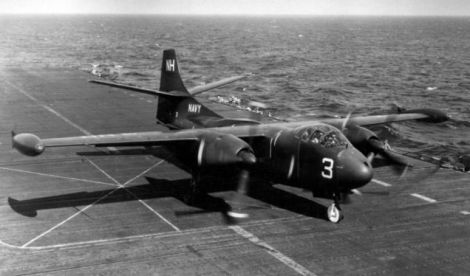
July 3, 1948 – The first flight of the North American AJ (A-2) Savage, a large hybrid-powered nuclear bomber designed to operate from US Navy carriers. The Savage was the heaviest carrier aircraft ever put in service at the time, and was powered by two Pratt & Whitney R-2800 Double Wasp radial engines in the wings and one Allison J33 turbojet in the rear, though the turbojet was only intended for use during takeoff and high-speed attack runs. The Savage entered service in 1950, but it was cumbersome to operate onboard the carriers. The size of the aircraft hampered deck operations, and folding the wings one at a time by hydraulic pump was a slow process. The Savage also served as an aerial tanker and reconnaissance aircraft, and a few were pressed into aerial firefighting duties. A total 140 were built, and the A-2 was retired in 1960. The sole remaining example is on display at the National Museum of Naval Aviation in Florida.
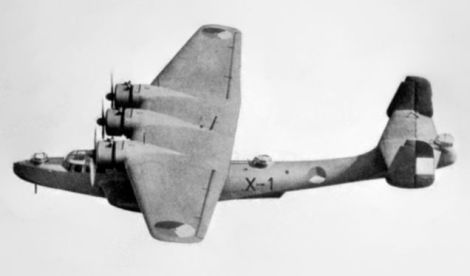
July 3, 1937 – The first flight of the Dornier Do 24, a three-engine German flying boat built by Dornier Flugzeugwerke for maritime patrol and search and rescue. Dornier developed the Do 24 to meet a requirement from the Dutch navy to replace the Dornier Do J Wal (Whale) that had been introduced in the same role in 1923 for service in the Dutch East Indies. The all-metal, parasol wing Do 24 entered service in November 1937 and, according to Dornier records, the large flying boat was credited with as many as 12,000 rescues during its time in service. It was also used used as a maritime attack aircraft, and was responsible for the sinking of the Japanese destroyer Shinonome on December 17, 1941. A total of 279 were produced between 1937-1945, and one remains airworthy today, with its radial engines replaced by modern turboprops.
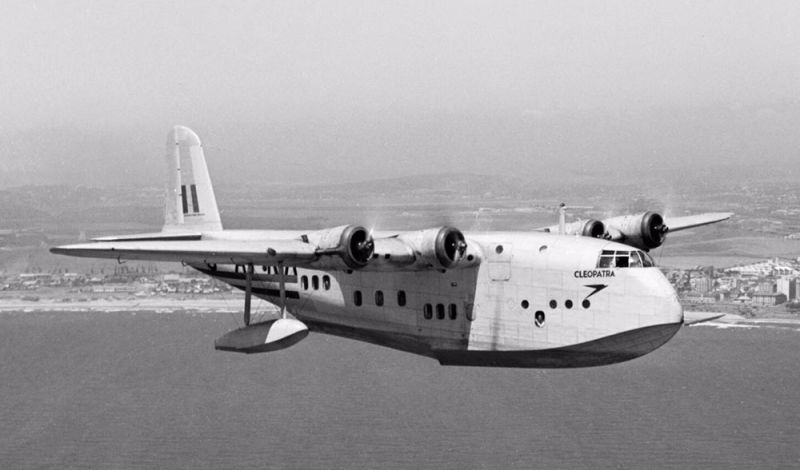
July 3, 1936 – The first flight of the Short Empire. The decade of the 1930s is often referred to as the Golden Age of Aviation, a time when flying of all types became more popular and the demand for passenger travel increased sharply. With the British Empire reaching around the globe, flying boats became a popular way for passengers to reach far-flung destinations. The Short Empire was developed by the Irish company Shorts Brothers mostly at the behest of Imperial Airlines to fly routes from England to Australia and the African and Asian colonies. The Empire was powered by four Bristol Pegasus radial engines and had a top speed of 200 mph with a range of 760 miles. The Empire entered service in 1937 with a flight from England to Egypt, and Shorts eventually built 42 of the flying boats. In addition to Imperial, the Empire flew with British Overseas Airways Corporation, Qantas of Australia, Teal of New Zealand, and the Royal Air Force. Empires served through WWII before their retirement in 1947.
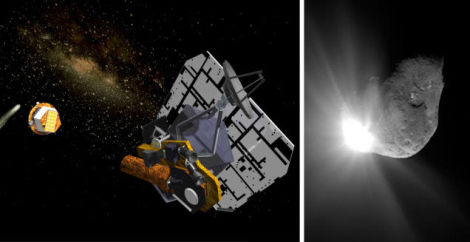
July 4, 2005 – The NASA space probe Deep Impact successfully impacts comet Tempel 1. Deep Impact was launched on January 12, 2005 from Cape Canaveral Air Force Station and was designed to investigate the interior composition of comet Tempel 1. After rendezvousing with the comet, the spacecraft released an impactor that collided with the comet’s nucleus, formed a crater, and excavated debris from the interior crater. In the process, Deep Impact became the first probe to eject material from a comet’s surface for study. After completion of the mission, the spacecraft flew by Earth on December 31, 2007 on its way to study extrasolar planets, as well as comet Hartley 2.

July 4, 2002 – The death of Benjamin O. Davis, Jr., the commander of the Tuskegee Airmen in WWII and the first African-American general officer in the US Air Force. Davis was born into a military family in Washington, DC on December 18, 1912, and his father achieved the rank of brigadier general in the US Army. The younger Davis graduated from the United States Military Academy in 1936, but was denied entry to the Army Air Corps at a time when African-Americans were not accepted for flight service. Following the institution of the flight training program at Tuskegee University in Alabama, Davis was assigned to the first training class, and was deployed to the Mediterranean in support of the invasion of Sicily. Following the war, Davis rose through the Air Force, eventually gaining the rank of four-star General in 1998.

July 4, 1997 – Mars Pathfinder lands on Mars. After landing on Mars, Pathfinder deployed a roving probe named Sojourner, the first rover to operate outside of the Earth-Moon system. Pathfinder was launched from Florida’s Cape Canaveral on December 4, 1996 and bounced to a landing on what is now called the Carl Sagan Memorial Station. Pathfinder was the first in a series of rover missions to the Red Planet, and the first successful lander since two Viking landers arrived on the Martian surface in 1976. Developed as part of NASA’s “faster, better and cheaper” initiative, the solar-powered rover carried out experiments on the Martian soil and took photographs of its surroundings before contact was lost two months after landing.
July 4, 1986 – The first flight of the Dassault Rafale, a fourth generation multi-role fighter developed in the mid-1970s to replace aging aircraft and consolidate missions for the French Air Force and Navy. Development began with the Rafale A technology demonstrator, a delta-wing aircraft that featured forward canards to increase maneuverability. Development led to the Rafale C, which was both smaller and stealthier than its predecessor, and utilized a redesigned vertical stabilizer, radar-absorbent materials, and increased use of composite materials. Production began in 1982, and more than 133 of both the one- and two-seat variants have been produced to date. The Rafale entered service in May of 2001 and has seen action over Afghanistan, Iraq, Syria, and Africa.
July 4, 1975 – The first flight of the Boeing 747SP, the smallest and fastest variant of the Boeing 747. Boeing initiated development of the SP after a request from Pan Am for an airliner capable of carrying passengers from New York to Tokyo, its longest route at the time. The stubby wide-body was originally designated SB for Short Body, and then changed to SP for Special Performance. Boeing shortened the 747 fuselage, increased the size of the horizontal stabilizer, and simplified the wing’s trailing edge flaps. Though the SP was the longest-range airliner available when it entered service, Boeing received few orders, and only 45 SPs were produced. As of December 2016, 10 SPs remain flying, and NASA also operates one SP to carry the Stratospheric Observatory for Infrared Astronomy (SOFIA), with a large opening in the side of the aircraft for a reflecting telescope.
July 4, 1957 – The first flight of the Ilyushin Il-18, a four-engine turboprop airliner that proved to be one of the most successful Soviet airliners of its era. Like many Russian designs, the Il-18 was durable and rugged, with many airframes achieving over 45,000 flight hours. Following its entry into service in 1958, the Il-18 earned the Brussels World Fair Grand Prix in 1958 and set 25 world records for range and altitude. The Il-18 was widely exported, and also served as a military transport and cargo aircraft. Just under 700 were produced from 1957-1985, and though it was superseded by the Ilyushin Il-62 jetliner, the Il-18 remains in limited civilian and military service.
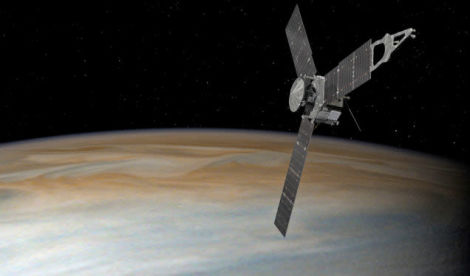
July 5, 2016 – NASA’s Juno spacecraft enters orbit around Jupiter. Juno is part of NASA’s New Frontiers program, a series of missions designed to investigate the planets of our Solar System that seeks principal investigators to help fund and administer the exploratory missions. A second spacecraft in the program is New Horizons, which launched on January 19, 2006 to study Pluto. Juno was launched on August 5, 2011, and is the second probe to orbit the Solar System’s largest planet after Galileo, which orbited Jupiter from 1995-2003. Juno’s mission is to study Jupiter’s gravity and magnetic fields, its polar magnetosphere, and will search for clues on how the planet formed and what the planet is made of. Following its scientific missions, NASA planes to deorbit Juno into Jupiter’s atmosphere in 2018.

July 5, 1979 – The death of Émile Dewoitine, a French industrialist who designed fighters and airliners for France before and during WWII. Dewoitine was born in Crépy-en-Laonnais on September 26, 1892, and worked for aircraft manufacture Latécoère before founding his own company in 1920, though with little success. After moving to Switzerland, where his Dewoitine D.27 fighter was accepted for service, he returned to France to found Aéronautique Française (Avions Dewoitine) in 1931, where he produced the Dewoitine D.500, France’s first all-metal monoplane fighter, as well as the Dewoitine D.338 airliner. During WWII, the Dewoitine D.520 fighter proved to be France’s best domestic fighter, and was nearly a match for the Messerschmitt Bf 109. When Dewoitine tried to start a company in America in 1940, he was tried in absentia by the Vichy government and found guilty of treason, so he moved to Spain to continue his work, eventually returning to Toulouse after the statute of limitations expired on his sentence.
July 5, 1942 – The first flight of the Avro York, a four-engine transport aircraft that was derived from the Avro Lancaster bomber. Like other postwar British airliners that were based on bombers, the York borrowed the wings, tail and undercarriage of the Lancaster and was fitted with a larger, square fuselage that could accommodate up to 56 passengers. The York was powered by four Rolls-Royce Merlin engines had a maximum speed of 298 mph wit a range of 3,000 miles. It entered service with the British Overseas Airways Corporation (BOAC) in 1944, and was also used by the RAF Transport Command. Following the end of mainline service, the York continued to fly with independent airlines for both passenger and freight operations, and was finally retired in 1964. Avro produced 259 Yorks from 1943-1949.
Connecting Flights
If you enjoy these Aviation History posts, please let me know in the comments. And if you missed any of the past articles, you can find them all at Planelopnik History. You can also find more stories about aviation, aviators and airplane oddities at Wingspan.
